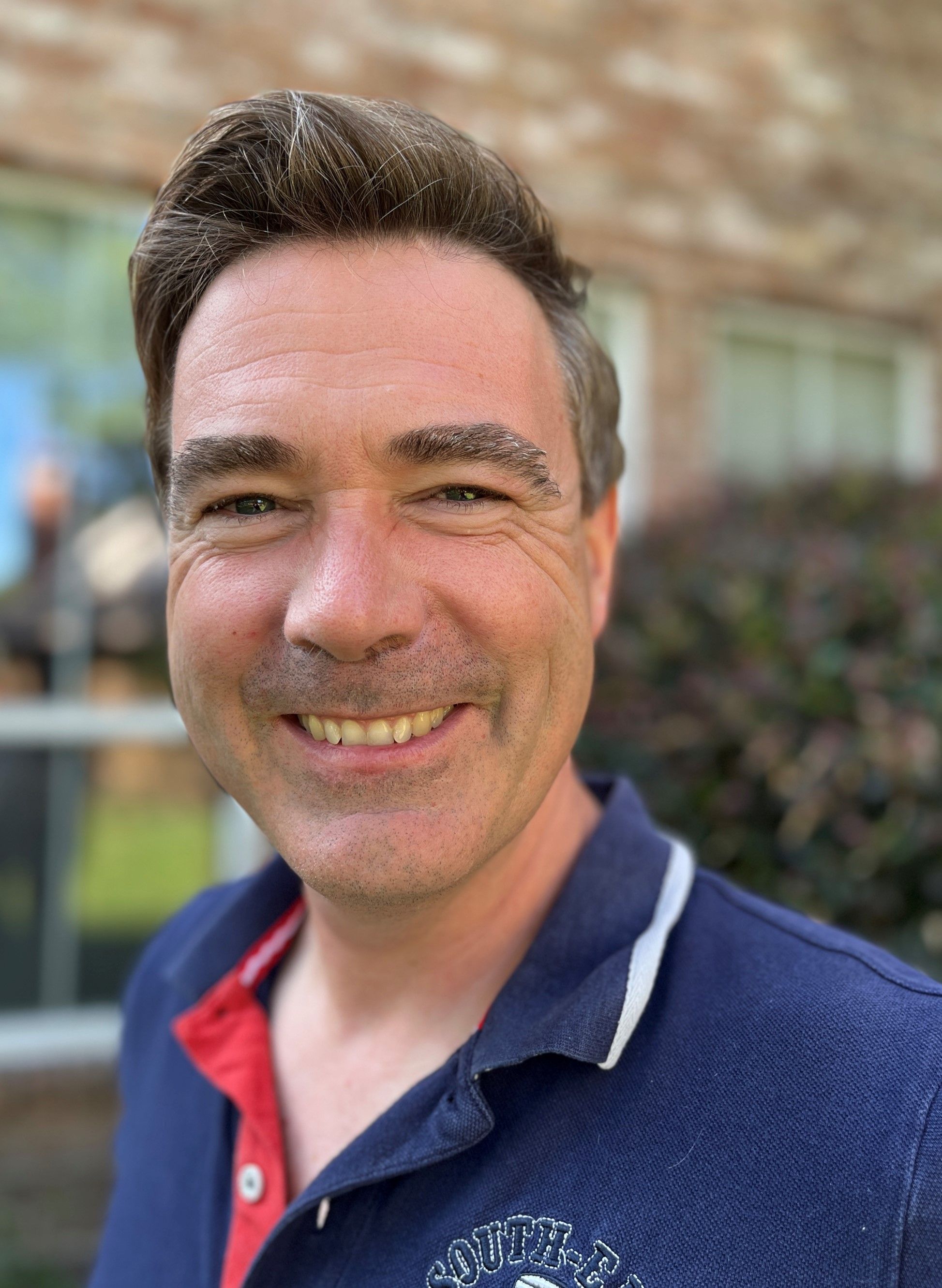Time lapse seismic on the Atlantis Field: How the last ten years shape the next ten years
OR
SEG members, view the course for free!
Format: Virtual Webinar. 45 min. presentation followed by 15 min. Q&A
An optional post-lecture workshop will immediately follow each lecture for expanded Q&A and networking
Session 1, Tuesday, Oct 15, 2024, 10 am to 11 am US Central Time
Session 2, Thursday, November 14, 2024, 4 pm to 5 pm US Central Time
Two live sessions are completed. Please scroll down to watch the videos from the recordings below. SEG members, view the course for free!
SEG Members Free Access Details
Abstract
Time lapse seismic data under complex salt bodies in the deepwater Gulf of Mexico, was seen as a great challenge less than ten years ago. In those ten years we have made great progress in time lapse seismic acquisition, processing, analysis, and integration with other subsurface contributors. In acquisition, the use of Ocean Bottom Nodes surveys led to significant improvements in data repeatability as well as increases in data density in both offset and azimuth. In processing, the breakthrough of Full Waveform Inversion has enabled a step change in velocity model building and resulted in much improved subsalt imaging. In analysis, the additions of the geomechanics in the seismic simulator and the assisted history match workflow have improved the integration of the time lapse data into the reservoir model. Together, these breakthroughs, have allowed for generation of better repeatable and therefore cleaner difference images of the subsurface. With those much-improved images and the integration of our geological and production information, we can identify water movement, reservoir connectivity and compartmentalization. That allows us to better manage our reservoirs and results in better placement of infill targets which ultimately leads to more efficient depletion and better recovery from these deepwater fields. This lecture discusses those improvements using Atlantis Field as a case study and show multiple examples of the lessons learned. It also discusses potential future developments like Distributed Acoustic Sensing, time lapse Full Waveform Inversion and autonomous sources and receivers.

Your Instructor

Jean-Paul van Gestel received his M. Sc. degree in Geophysics from the Delft University of Technology (1996) and his Ph. D. in Geophysics from The University of Texas at Austin (2000). He has been working for bp for the last 24 years. He is working as an Adviser in Geophysical Analysis supporting worldwide subsurface teams. He focuses on geophysical analysis, time lapse, DAS, and other challenges where working together across assets and functions is key. He received his time lapse training working on the Life of Field Seismic project on Valhall in Norway. He then took this experience back to Houston to work on the first 4D OBN surveys on various fields in the Gulf of Mexico. Now he is applying his knowledge on various areas around the world (North Sea, Azeri, Trinidad, and CCUS). He is a member of SEG and EAGE.
